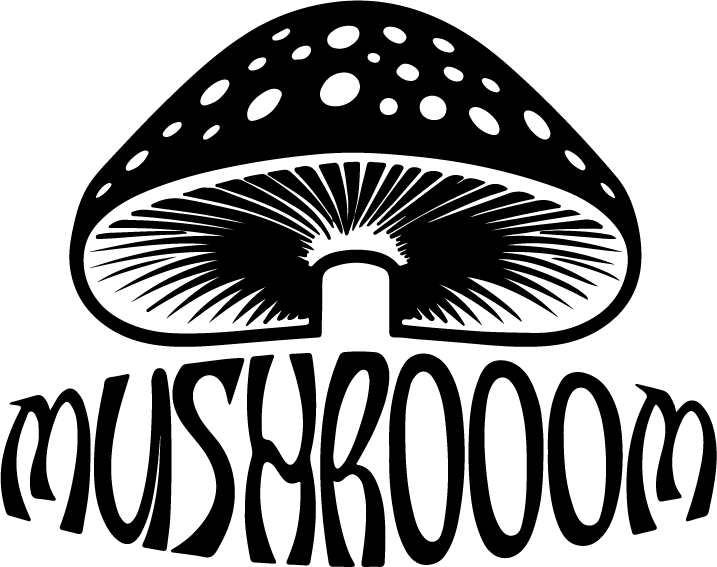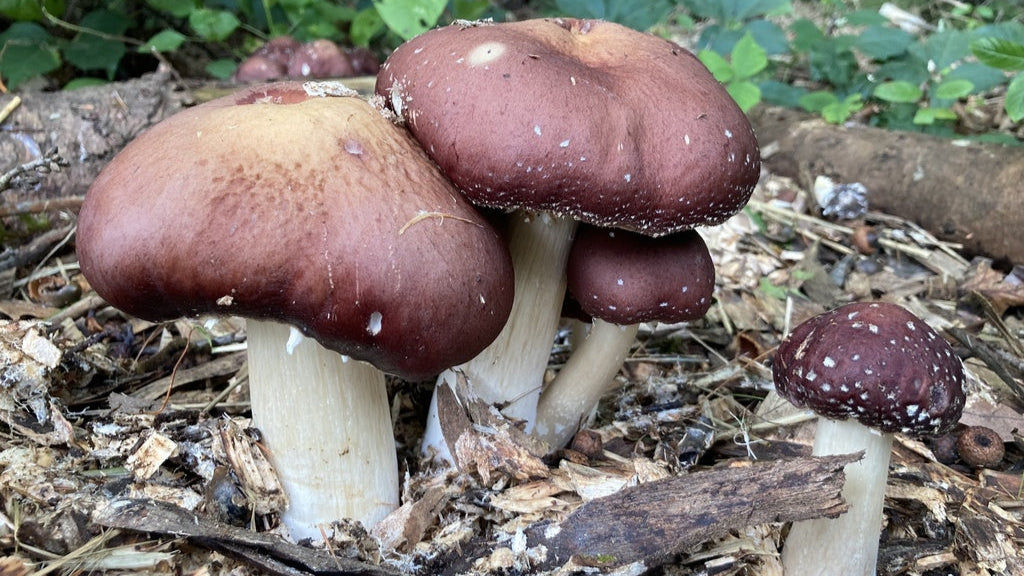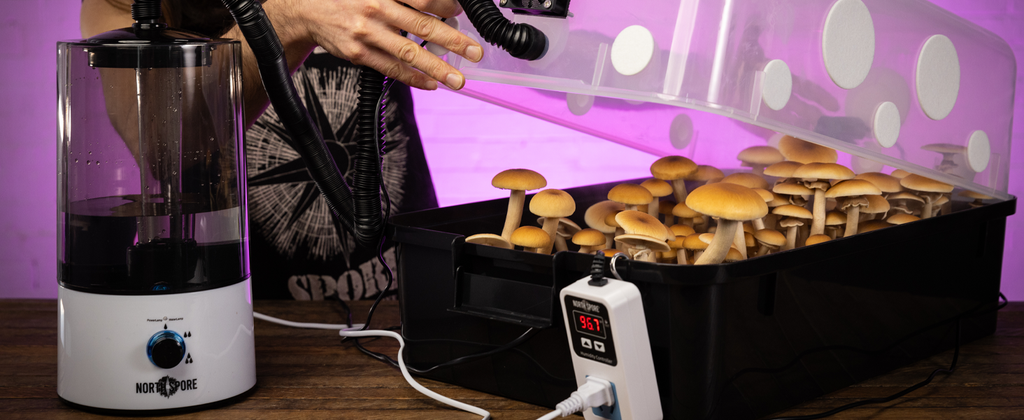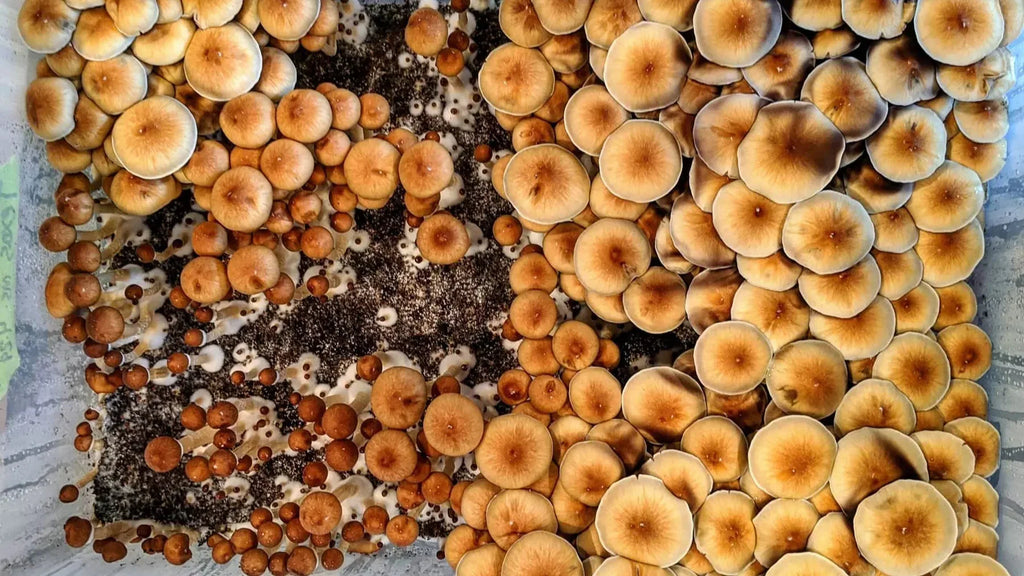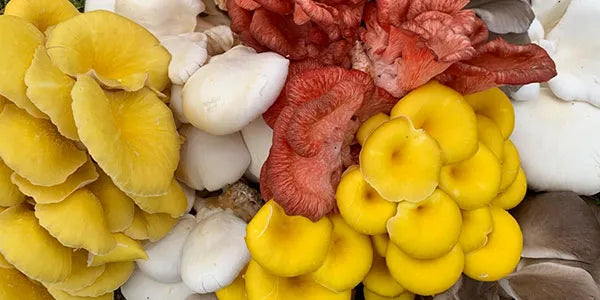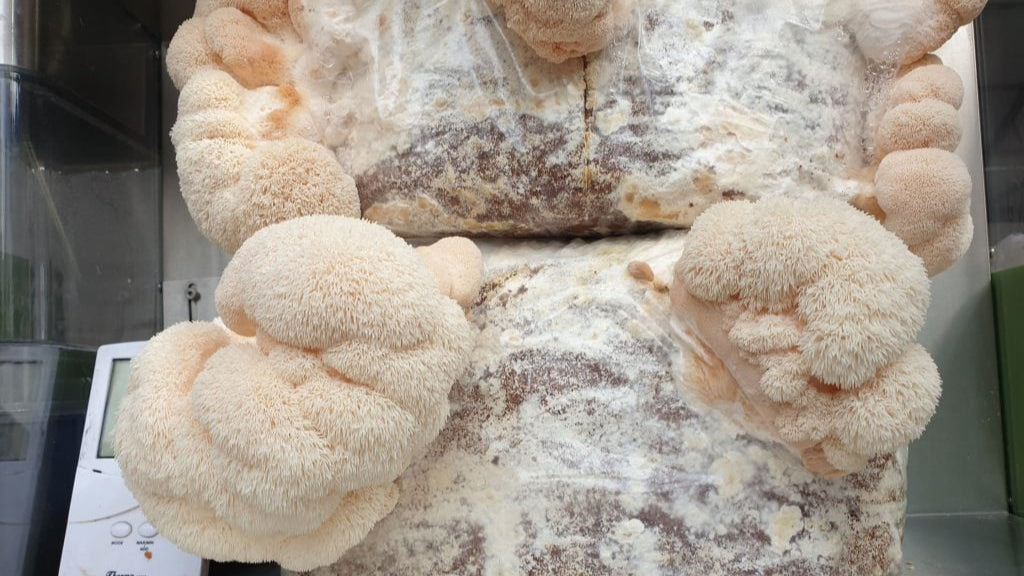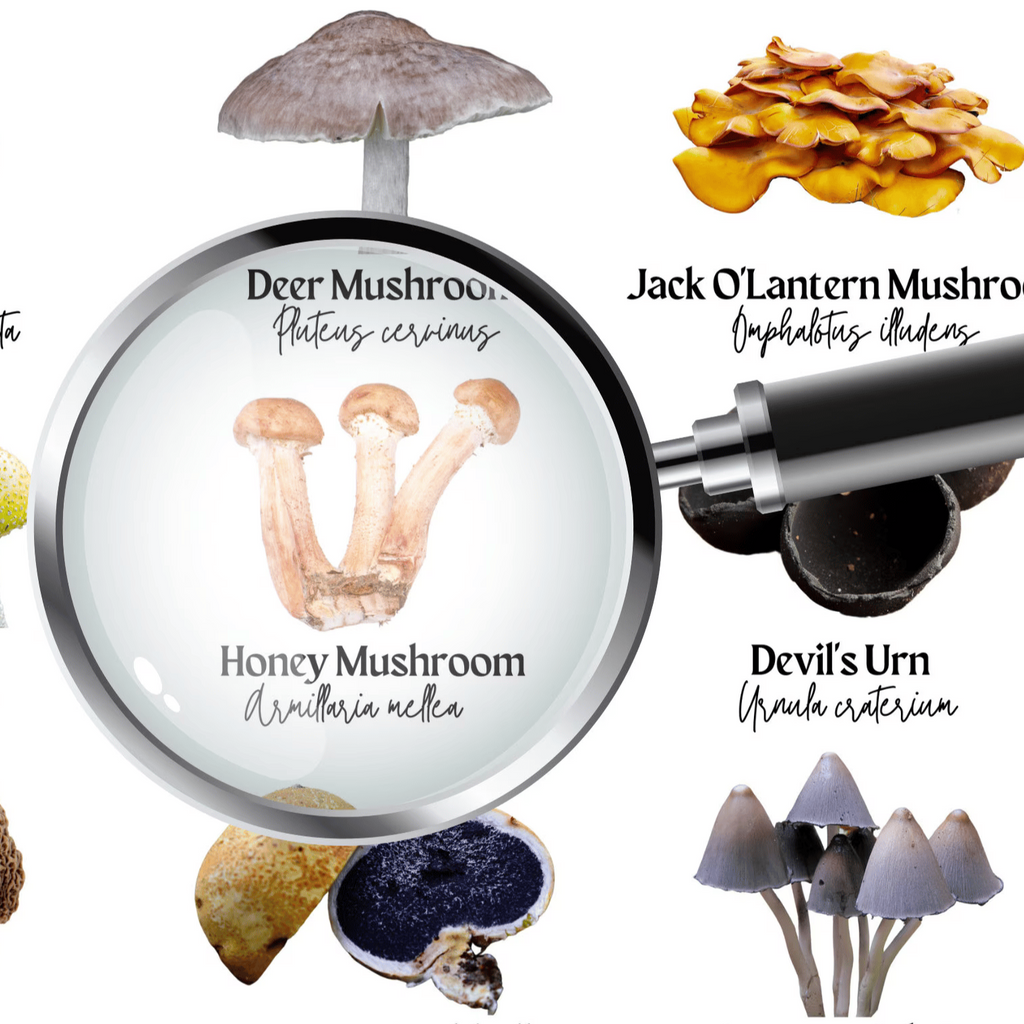
Top 5 Substrates for Growing Gourmet Mushrooms (Ranked by Yield)

One of the most important factors in mushroom cultivation is the substrate—the material mushrooms use for nutrition. Choosing the right substrate can make the difference between a small flush and a bumper harvest. If you’re looking to maximize your yields and grow gourmet mushrooms like oyster, shiitake, or lion’s mane, this guide ranks the top 5 substrates for growing mushrooms based on yield, performance, and ease of use.
1. Hardwood Sawdust Blocks (Highest Yield Overall)
Hardwood sawdust is the gold standard for gourmet mushrooms like shiitake, lion’s mane, and king oyster. When supplemented with bran, these blocks provide a nutrient-rich environment that encourages aggressive colonization and multiple flushes.
Best For: Shiitake, lion’s mane, king oyster
Why It Works: High lignin and cellulose content mimics natural wood habitats.
Yield Potential: Extremely high with proper supplementation (up to 2–3 lbs per block).
2. Straw (Best for Oyster Mushrooms)
Straw is one of the most popular mushroom substrates because it’s cheap, widely available, and easy to prepare. Oysters thrive on straw and can produce massive flushes if humidity and fresh air are maintained.
Best For: Oyster mushrooms (blue, pink, pearl, golden varieties)
Why It Works: Provides plenty of surface area for mycelium growth.
Yield Potential: High yields for oysters, though less suitable for shiitake or lion’s mane.
3. Enriched Compost (Classic for Button Mushrooms)
Enriched compost has long been the standard for growing white button, cremini, and portobello mushrooms. It’s rich in nitrogen and organic matter, providing the perfect nutrition for Agaricus species.
Best For: White button, cremini, portobello
Why It Works: Mimics the natural growing environment of these mushrooms.
Yield Potential: Consistent and reliable, though less versatile than sawdust or straw.
4. Coffee Grounds (Sustainable & Beginner-Friendly)
Spent coffee grounds are a sustainable and accessible substrate option for urban growers. They’re already pasteurized during the brewing process, making them less prone to contamination. Oysters, in particular, grow quickly and fruit heavily on coffee grounds.
Best For: Oyster mushrooms
Why It Works: Rich in nitrogen, easy to find, eco-friendly.
Yield Potential: Moderate to high depending on freshness and mix ratio.
5. Coco Coir & Vermiculite Mix (Great for Hobbyists)
Coco coir, made from coconut husks, combined with vermiculite, makes an excellent substrate for many mushroom species. It’s especially popular among home growers for its ease of preparation and resilience against contamination.
Best For: Oyster mushrooms, experimental grows, and some medicinal species.
Why It Works: Holds moisture well and resists contamination.
Yield Potential: Moderate, but reliable for small-scale growing.
Honorable Mentions
Manure: Great for Agaricus species but requires careful composting.
Cardboard: Useful for cloning wild mushrooms and small-scale grows.
Gypsum Supplements: Often added to substrates to balance pH and provide calcium.
Final Ranking by Yield
-
Hardwood Sawdust Blocks – best overall for gourmet varieties.
-
Straw – unbeatable for oysters.
-
Enriched Compost – essential for button-type mushrooms.
-
Coffee Grounds – sustainable, urban-friendly option.
-
Coco Coir + Vermiculite – versatile and beginner-friendly.
Conclusion
Choosing the right substrate is the foundation of mushroom growing success. If maximum yield is your goal, hardwood sawdust and straw are the top performers. For beginners or eco-conscious growers, coffee grounds and coco coir provide easy entry points.
